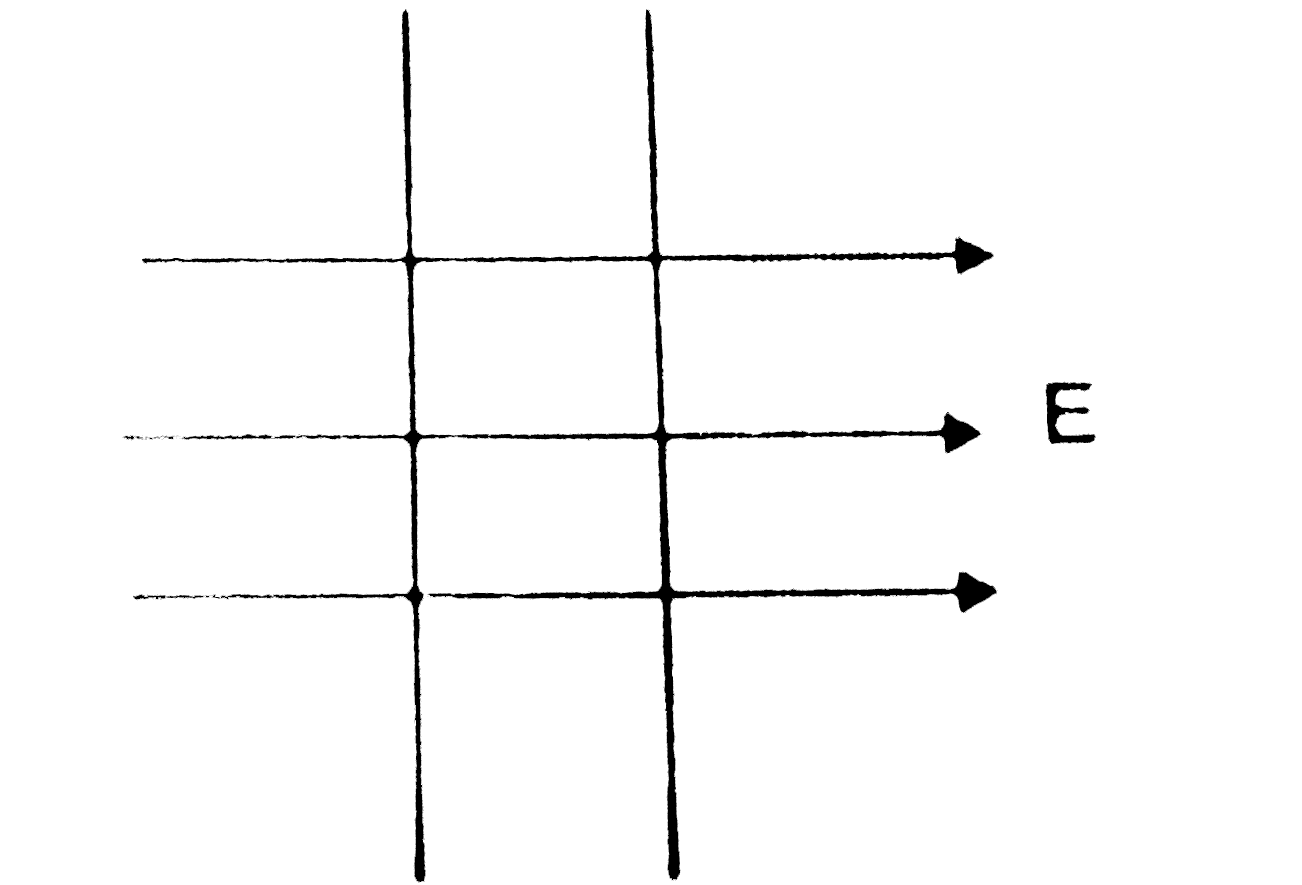The process of charging an uncharged object by rubbing it against some other suitable material
Step-by-Step Text Solution:
1. Understanding the Concept: The process of charging an uncharged object involves transferring electrons from one material to another. This can occur when two different materials come into contact and are then separated.
2. Definition: The specific process of charging an uncharged object by rubbing it against another suitable material is known as charging by friction.
3. Example 1: A common example of charging by friction is when a glass rod is rubbed with a silk cloth. In this case, electrons are transferred from the glass rod to the silk cloth, resulting in the glass rod becoming positively charged and the silk cloth becoming negatively charged.
4. Example 2: Another example is when a plastic comb is rubbed against dry hair. The friction between the comb and the hair causes electrons to move, resulting in the comb acquiring a negative charge while the hair becomes positively charged.
5. Conclusion: Thus, charging by friction is a simple and effective method to charge objects, and it can be observed in everyday materials like glass, silk, plastic, and hair.
---
Topper's Solved these Questions
- ELECTRICITY BOOK - ICSECHAPTER - ELECTRICITY EXERCISE - Exercises (Section I) Choose the correct option
6 Videos
- ELECTRICITY BOOK - ICSECHAPTER - ELECTRICITY EXERCISE - Exercises (Section I) Write T for True and F for False. Correct the false statements
6 Videos
- ELECTRICITY BOOK - ICSECHAPTER - ELECTRICITY EXERCISE - Questions (Write T for true and F for False. Correct the false statements)
5 Videos
- ENERGYBOOK - ICSECHAPTER - ENERGYEXERCISE - THEME ASSIGNMENT
4 Videos
Similar Questions
The process of charging an uncharged object by bringing a charged object near it, but not in contact with it is called charging by ............ (conduction/induction).
View SolutionThe process of charging an uncharged object by touching it to an electrically charged object is called charging by ..............(conduction/friction).
View SolutionTwo bodies are charged by rubbing one against the other. During the process, one becomes positively charged while the other becomes negatively charged. Then
View SolutionTwo identical pith balls are charged by rubbing against each other. They are suspended from a horizontal rod through two strings of length 20 cm each, the separation between the suspension points being 5 cm. in equilibrium, the separation between the balls in 3 cm. Find the mass of each ball and the tension in the strings. the charge on each ball of a magnitude 2.0×10−8C.
View SolutionAn uncharged insulator can be charged by ______________ with another suitable body.
View SolutionTwo identical conduction spheres, one having an initial charge +Q and the other initially uncharged, are brought into contact.
(a) What is the new charge on each sphere?
(b) While the spheres are in contact, a positively chaged rod is moved close to one sphere, causing a redistribution of hte charges on the two spheres so the charge on hte sphere closest to the rod has a charge-Q. What is the charge to the other sphere?
View SolutionTwo uncharged and parallel conducting sheets, each of area A are placed in a uniform electric field E at finite distance from each other, such that electric field is perpendicular to sheets and convers all the sheets. Find out charges appearing on its two surfaces.

View SolutionA positively charged rod is brought near to a non-conducting object. The rod is attracted to the object. From this observation. We can't predict whether the object is charged or uncharged. Some additional experments have been performed to identify whether the object is charged or uncharged, these experiments with their observations and conclusions drawn are given. Select the option in which conclusion drawn is correct.
View SolutionTwo insulating small spheres are rubbed against each other and placed 1 cm apart. If they attract each other with a force of 0.1 N, how many electrons were transferred from one sphere to the other during rubbing?
View SolutionThe process that pushes out water and other dissolved materials from blood in the glomerulus is
View Solution
